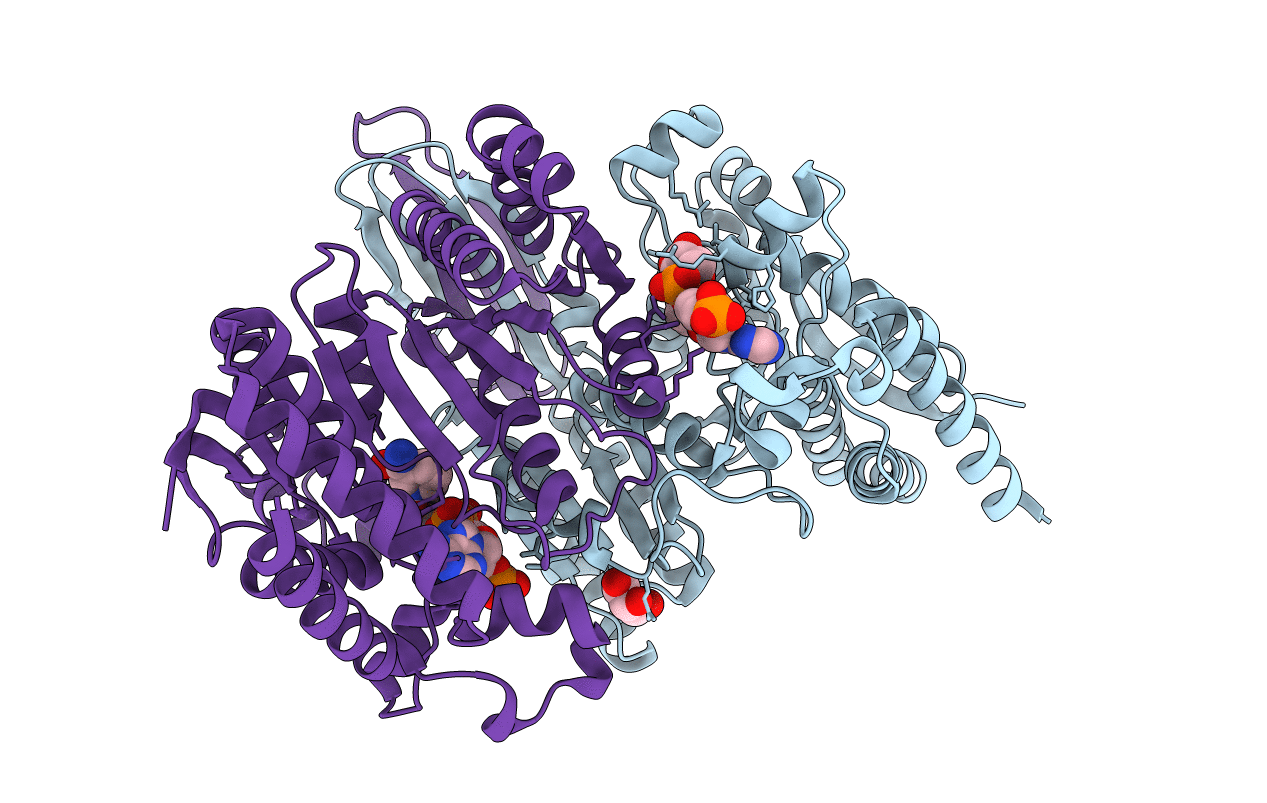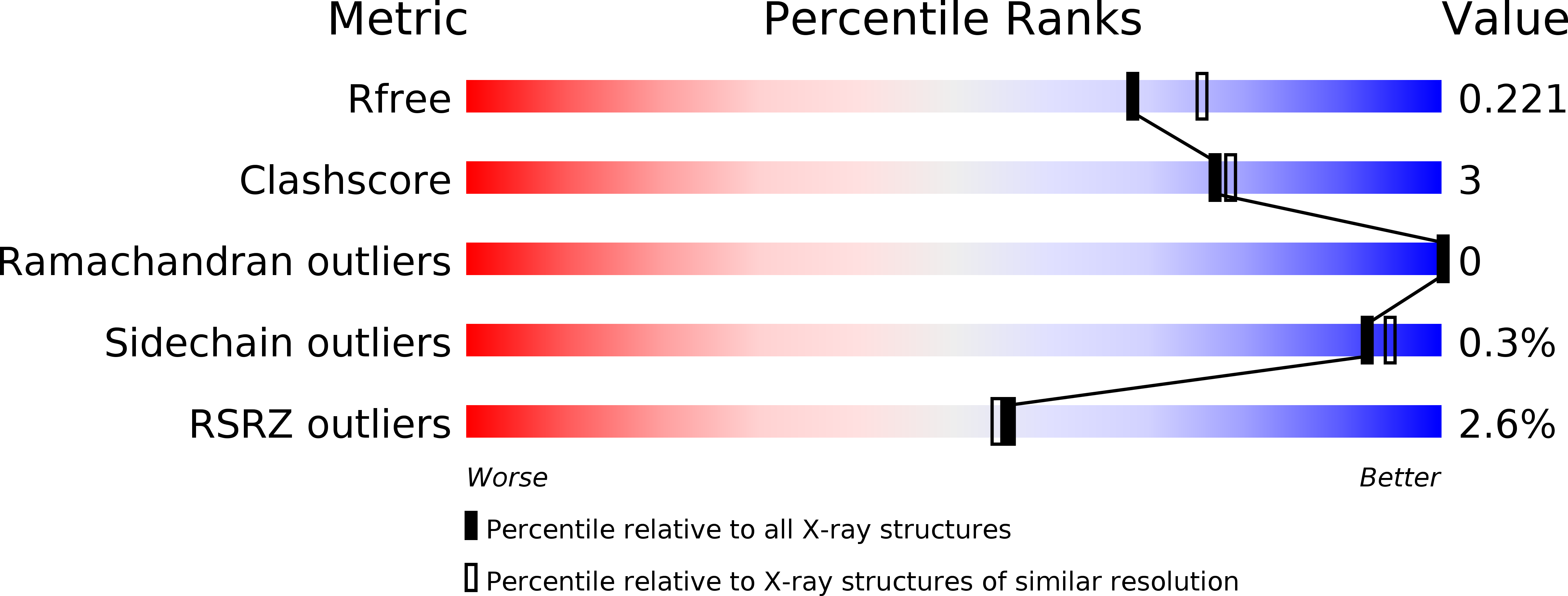
Deposition Date
2017-12-14
Release Date
2018-07-04
Last Version Date
2024-03-27
Entry Detail
PDB ID:
5YZH
Keywords:
Title:
Crystal Structure of Mouse Cytosolic Isocitrate Dehydrogenase
Biological Source:
Source Organism:
Mus musculus (Taxon ID: 10090)
Host Organism:
Method Details:
Experimental Method:
Resolution:
1.99 Å
R-Value Free:
0.22
R-Value Work:
0.18
R-Value Observed:
0.18
Space Group:
C 1 2 1


